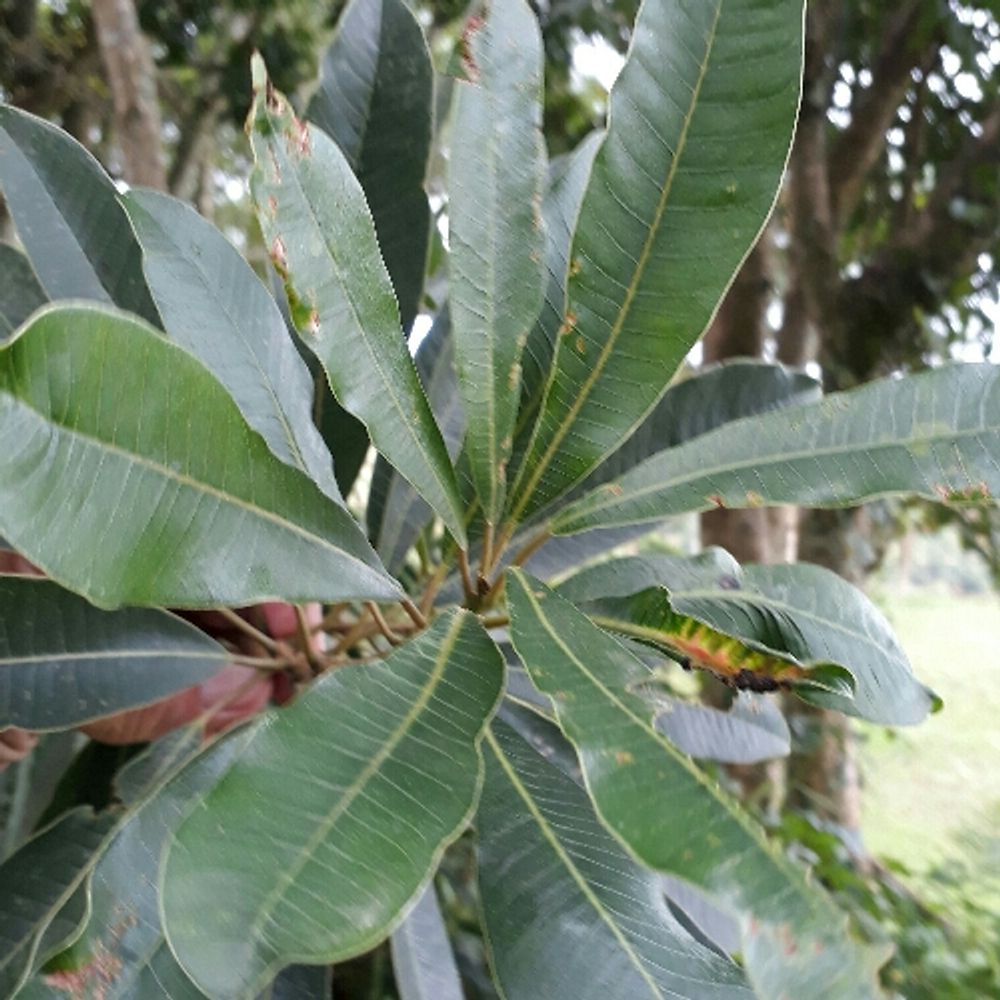Frangipani
(Plumeria)

Description
Plumeria, also known as frangipani, is a genus of flowering plants native to tropical and subtropical regions of Central America, the Caribbean, South America, and Southeast Asia. These plants are popular for their showy, fragrant flowers and are widely grown as ornamentals in gardens and landscapes around the world. In this article, we will explore the different types of Plumeria plants, their characteristics, growing requirements, and common uses. Taxonomy and Botanical Description Plumeria is a genus of the family Apocynaceae, which includes about 300 species of flowering plants. Plumeria species are small trees or shrubs, with succulent, deciduous leaves arranged spirally on the stem. The leaves are oblong or lanceolate, 20-40 cm long and 5-10 cm wide, and can be green, yellow-green, or dark green, depending on the species. Plumeria plants are known for their showy, fragrant flowers, which come in a wide range of colors, including white, yellow, pink, red, and multi-colored. The flowers of Plumeria plants are typically 5-petaled, with a trumpet-shaped corolla that is 5-10 cm wide. The corolla has a distinctively sweet fragrance that is most pronounced at night. The flowers are arranged in terminal cymes, with each cyme containing 3-10 flowers. The flowers of some Plumeria species can be double, with additional petals arranged in a whorl around the center of the flower. Types of Plumeria Plants There are several species of Plumeria plants, each with its own unique characteristics. Some of the most popular species include: Plumeria rubra - also known as red frangipani, is a small tree or shrub that is native to Central America and the Caribbean. It has dark green leaves and red, pink, or yellow flowers that are fragrant. Plumeria obtusa - also known as Singapore frangipani, is a small tree or shrub that is native to Southeast Asia. It has shiny, dark green leaves and white or yellow flowers that are very fragrant. Plumeria alba - also known as white frangipani, is a small tree or shrub that is native to the Caribbean and Central America. It has shiny, dark green leaves and white or yellow flowers that are fragrant. Plumeria stenopetala - also known as pagoda tree, is a small tree that is native to Madagascar. It has narrow, lanceolate leaves and white or cream-colored flowers that are fragrant. Growing Requirements Plumeria plants are relatively easy to grow and care for, but they do require specific growing conditions to thrive. These plants prefer full sun and well-draining soil that is rich in organic matter. Plumeria plants are sensitive to cold temperatures and should be protected from frost or freezing temperatures. They can be grown in containers or planted directly in the ground, but they require regular watering and fertilization during the growing season. Propagation Plumeria plants can be propagated from cuttings or seeds. Cuttings should be taken from healthy, mature plants during the dormant season, and should be allowed to dry for a few days before planting. Seeds can be collected from mature fruits and should be planted in well-draining soil after the last frost. Common Uses Plumeria plants are popularly grown for their ornamental value due to their showy and fragrant flowers. Apart from being grown for their beauty, Plumeria plants have other uses as well. Some of the common uses of Plumeria plants are: Floral Arrangements: The fragrant and colorful flowers of Plumeria plants are often used in floral arrangements and garlands. Traditional Medicine: In some cultures, the flowers of Plumeria plants are used in traditional medicine to treat various ailments such as inflammation, coughs, and skin irritations. Perfumes: The sweet fragrance of Plumeria flowers is used in the perfume industry to create floral scents. Religious Ceremonies: The flowers of Plumeria plants are used in religious ceremonies and rituals in some cultures. Landscaping: Plumeria plants are commonly used in landscaping and as ornamental plants in gardens and parks due to their attractive flowers and foliage. Insect Repellent: Some species of Plumeria plants are used as natural insect repellents. The plant produces a sticky latex that can repel insects, and the flowers are also believed to have insecticidal properties. Wood: The wood of Plumeria plants is used in some cultures for making furniture, musical instruments, and other handicrafts. Overall, Plumeria plants have a variety of uses, ranging from ornamental to medicinal and practical.
Taxonomic tree:







